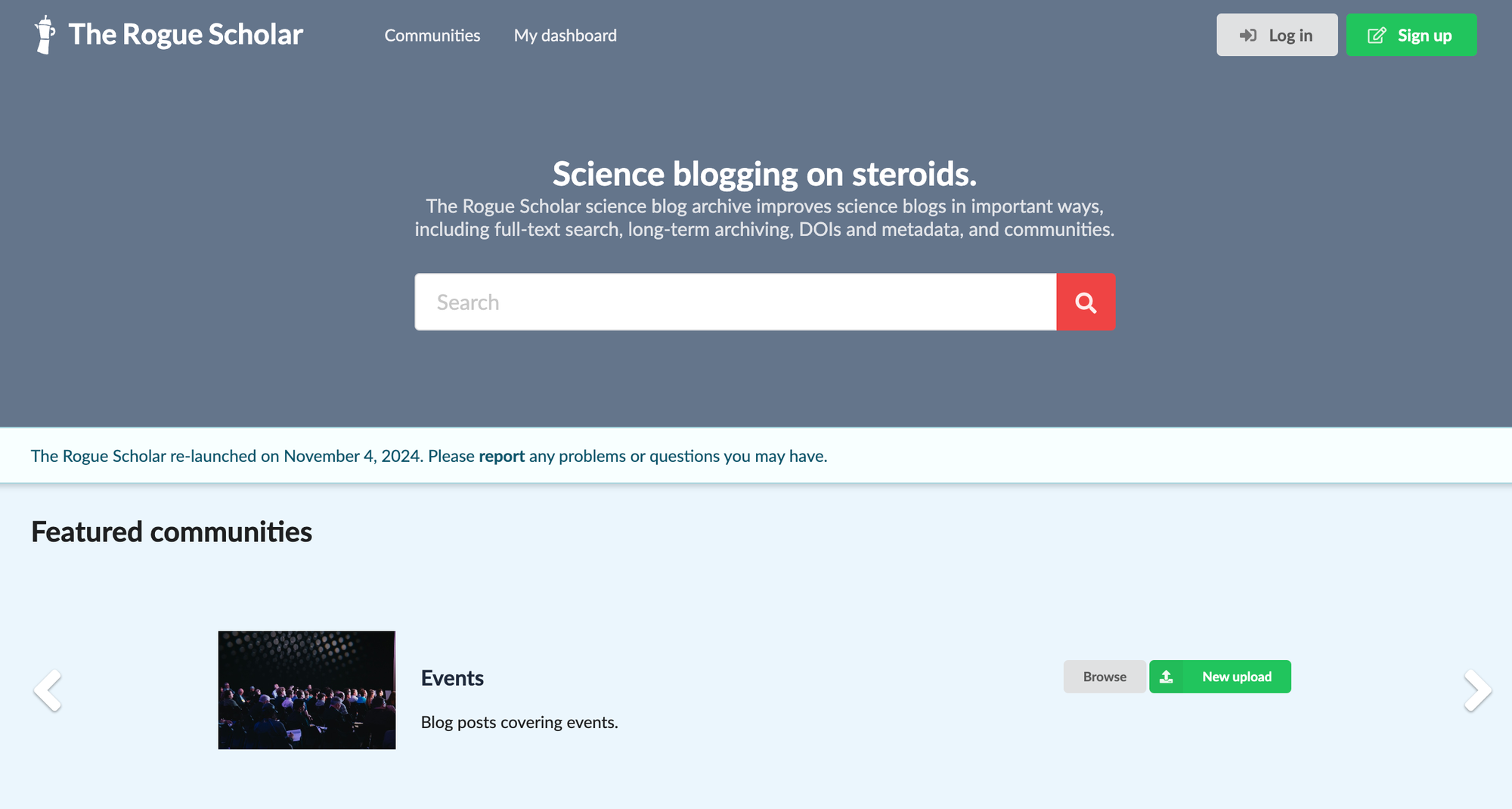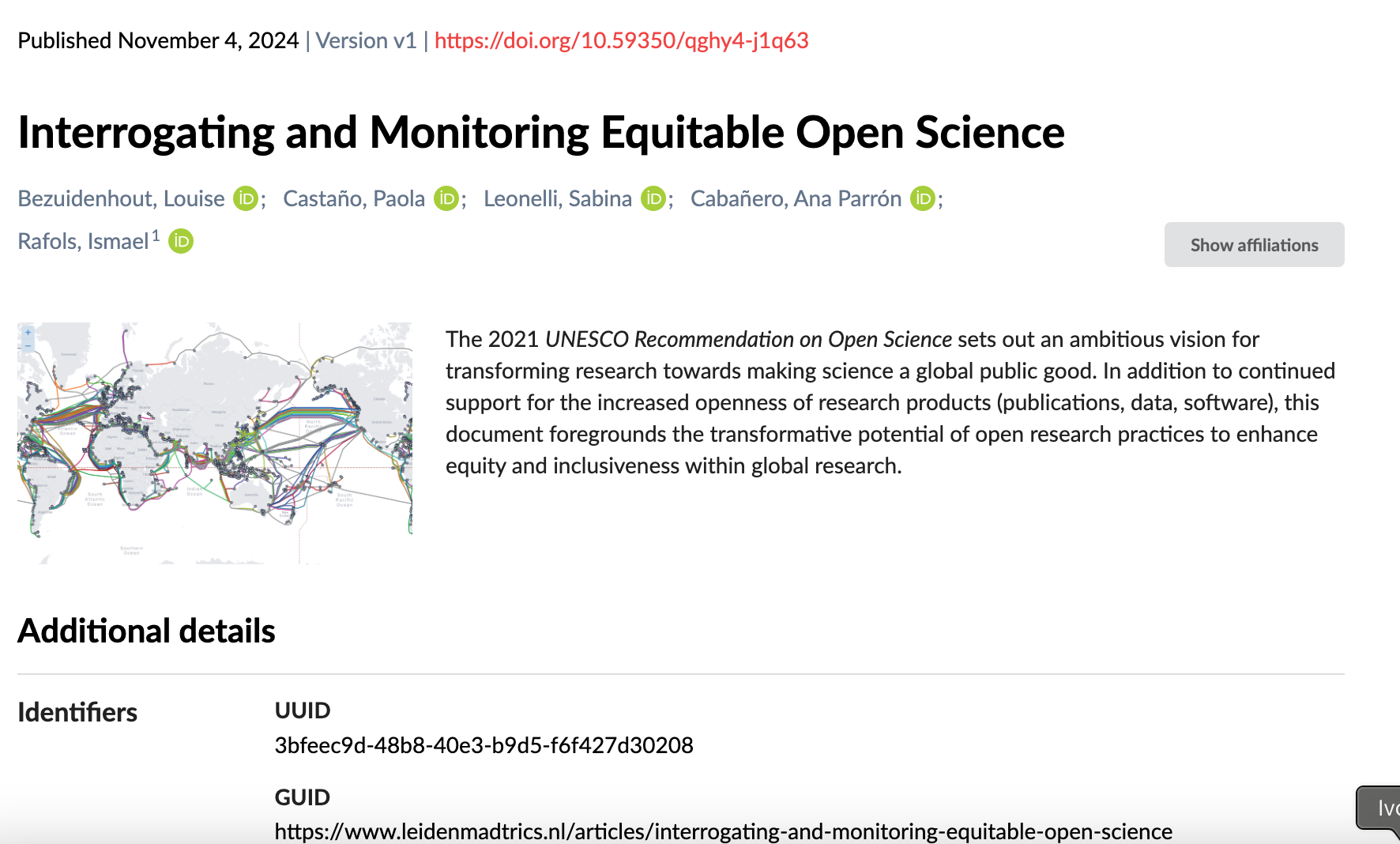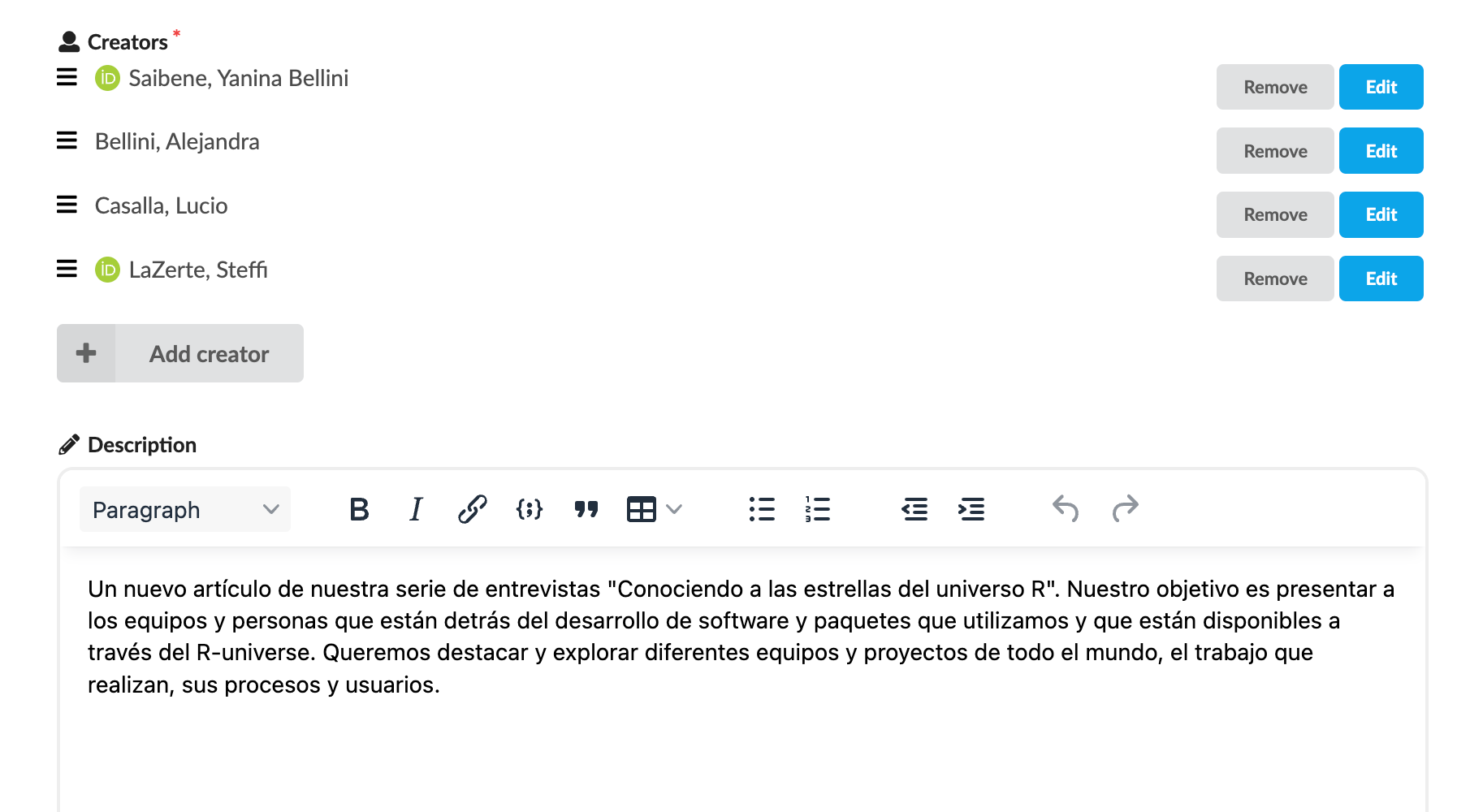The science blog archive Rogue Scholar relaunched on a new platform today. Now running on the InvenioRDM repository platform, Rogue Scholar continues to improve science blogs in important ways, including full-text search, long-term archiving, DOIs and metadata, and now also communities.
The fundamental services that Rogue Scholar provides have not changed. Rogue Scholar makes it easier to discover, read, and reuse science blog posts by providing a central place to search, a full-text search of all content, rich metadata (DOIs, ORCID IDs, ROR IDs, abstracts, references, funding, subject classification, and more), long-term archiving and free access to all content via web UI and API under a Creative Commons CC-BY license.
The migration to the InvenioRDM platform adds new functionalities to Rogue Scholar, including a beautiful user interface that also works nicely on mobile devices and a highly scalable, customizable, and interoperable frontend and backend. Rogue Scholar is part of a growing community of repository developers, administrators, and users, and will benefit from new InvenioRDM features as they are developed and launched.

Some Rogue Scholar functionalities are unique among InvenioRDM repositories, including the automatic metadata and content extraction from blog RSS feeds, the DOI registration via Crossref, DOIs pointing to content hosted outside of InvenioRDM, the full-text search, and the automatic generation of content in PDF and other formats. In the coming months, Rogue Scholar will further integrate these functionalities into the InvenioRDM platform, and make them available to other InvenioRDM repositories where it makes sense, e.g. the DOI registration with Crossref.
Next Steps
Over the next few days, Rogue Scholar will address two aspects of the migration to InvenioRDM that are not yet fully addressed:
- Improve redirection of old links from the Rogue Scholar user interface. The migration doesn't affect the Rogue Scholar DOI links, which continue to point to the originating science blogs, and important links are already redirected, e.g. links to queries in specific blogs such as https://rogue-scholar.org/blogs/svpow?query=experimental+history.
- Use the URL https://rogue-scholar.org. Users are currently redirected to https://beta.rogue-scholar.org, and in some cases to the old site now at https://legacy.rogue-scholar.org. The complex redirection of old links makes this switch non-trivial.
And of course many small migration issues need to be addressed in the coming days, weeks and months. Not so much with the basic functionality of the InvenioRDM platform, but with the unique needs of the Rogue Scholar community. One example is the prominent positioning of the DOIs as navigation links, as the original content – in contrast to most InvenioRDM instances – is hosted outside of the Rogue Scholar repository.

Another example is the configuration of the InvenioRDM editor. While the editor makes it easy to update metadata (e.g. add a missing ORCID ID or affiliation), this would break the current workflow science blog -> Rogue Scholar -> Crossref -> many other places.

A third example is the use of RSS feeds that Rogue Scholar heavily depends on to automatically fetch metadata and content from new or updated blog posts – new blog posts typically appear in Rogue Scholar and Crossref DOI metadata within 20 minutes after publication. What Rogue Scholar does not yet provide is RSS feeds with aggregated content from multiple blogs, e.g. around specific topics.
References
- Fenner, M. (2024, September 2). Rogue Scholar migrates to InvenioRDM. Front Matter. https://doi.org/10.53731/sdazp-kzn55
- Fenner, M. (2024, October 7). Rogue Scholar learns about communities. Front Matter. https://doi.org/10.53731/dv8z6-a6s33


